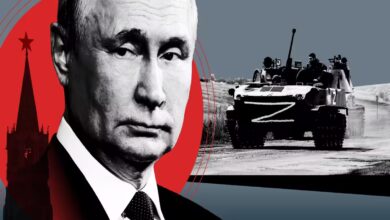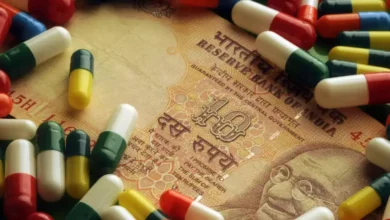Red Bull VS PepsiCo, The Energy Drinks Market Dominance Race In India Never Got More Competitive
The soft drink market in India can currently be characterized by shifting consumer preferences, intense competition among key players, and emerging trends reshaping the industry. With a population exceeding 1.3 billion and a growing middle class, India offers vast opportunities for beverage companies to tap into a diverse and increasingly health-conscious consumer base. Soft drinks include a wide range of beverages, including carbonated drinks, juices, bottled water, energy drinks, and ready-to-drink teas, each catering to different tastes and preferences. Hence, key players like Red Bull, PepsiCo's Sting, and Coca-Cola's Charged are vying for market share, leveraging innovative packaging, aggressive pricing strategies, and strategic distribution networks to capture a larger share of this growing market.
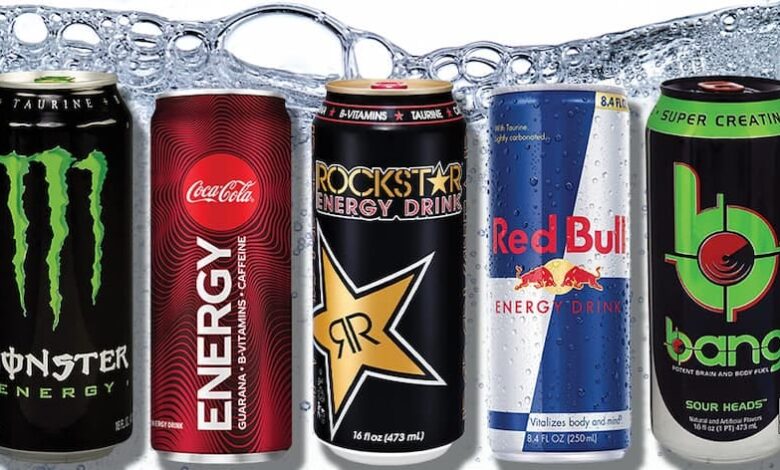
The energy drinks market in India is experiencing a surge in competition as industry giants like Red Bull and PepsiCo vie for dominance, while newer players enter the fray.
Red Bull, with its premium positioning and early market presence, commands a significant share, holding almost 60% of the market. On the other hand, PepsiCo’s Sting has capitalized on mass pricing strategies and an extensive retailer network to carve out its own niche.
With soft drinks witnessing double-digit growth, energy drinks have emerged as the primary drivers of this expansion over the past two years.
Despite India not traditionally being a top consumer of soft drinks, the market is evolving rapidly.
Euromonitor International predicts that India’s soft drinks market will hit USD 1 billion by the year’s end, with an anticipated year-on-year growth of nearly 18%.
Ravi Jaipuria, chairperson of Varun Beverages, PepsiCo’s distribution partner in India, emphasized the success of their new innovations, particularly highlighting the performance of Sting Blue and the impressive growth of Gatorade, which is soaring at around 50%.
The competition intensifies with Coca-Cola’s relaunch of Charged in the energy drinks segment, alongside PepsiCo’s aggressive push with Sting.
Even alcoholic beverage giant AB InBev, known for Budweiser, has entered the arena with its Beats energy drink; this flurry of activity raises a question – why are beverage companies placing such significant bets on energy drinks?

What’s The Target Market?
Energy drinks, laden with caffeine and other stimulants, appeal primarily to younger consumers seeking prolonged wakefulness.
While Red Bull finds popularity as a mixer in bars rather than solely as an energy drink, its potency remains undeniable; the convergence of alcohol and Red Bull provides the exhilarating kick favoured by many Indian consumers.
In this highly competitive sector, pricing strategies and shifting consumption patterns play pivotal roles.
Energy drinks offer a novel consumption experience, aligning with evolving preferences among Indian consumers. As the market continues to grow, beverage companies are recalibrating their strategies to capitalize on the expanding demand for energy-boosting beverages.
The stage is set for a fierce battle for market supremacy, with Red Bull and PepsiCo leading the charge, while newer entrants strive to carve their own space in India’s burgeoning energy drinks market.

Energy Drink Pricing Wars, Red Bull vs. Sting by PepsiCo
The pricing dynamics of energy drinks have long hindered their growth in India, with Red Bull, the market leader for over two decades, commanding a hefty price tag of INR 125 for a 250ml can.
The stark contrast in pricing compared to alternatives like a 250ml Coca-Cola pet bottle, priced at just INR 20 as of November 2023, has deterred many consumers from embracing energy drinks as a regular beverage choice.
However, the tide is turning.
PepsiCo India’s strategic launch of Sting in 2017 has disrupted the market by aggressively pricing the product at INR 35 for a 250ml can.
This competitive pricing strategy has not only introduced a new category of carbonated drinks to Indian consumers but has also sparked a pricing war in the energy drinks segment, with PepsiCo emerging as the victor.
According to the company’s investor presentation, Sting’s low pricing coupled with its packaging in pet bottles has resulted in a significantly higher net realization for the brand. Sting accounted for an impressive 9.6% of total volume sales in India during Q4 of 2022, signaling its rapid acceptance among consumers.
Ravi Jaipuria, speaking on the company’s improved gross margins during an earnings call, highlighted the contribution of Sting to the overall portfolio.
He noted, “The mix of Sting, which is a little more profitable for us, has gone up in the overall portfolio.” Moreover, the launch of Sting Blue has further fueled the volume growth of the company, reinforcing PepsiCo’s stronghold in the energy drinks market.
As PepsiCo continues to leverage aggressive pricing strategies and product innovation, the landscape of the energy drinks market in India is undergoing a transformation, with Sting emerging as a formidable challenger to Red Bull’s dominance.
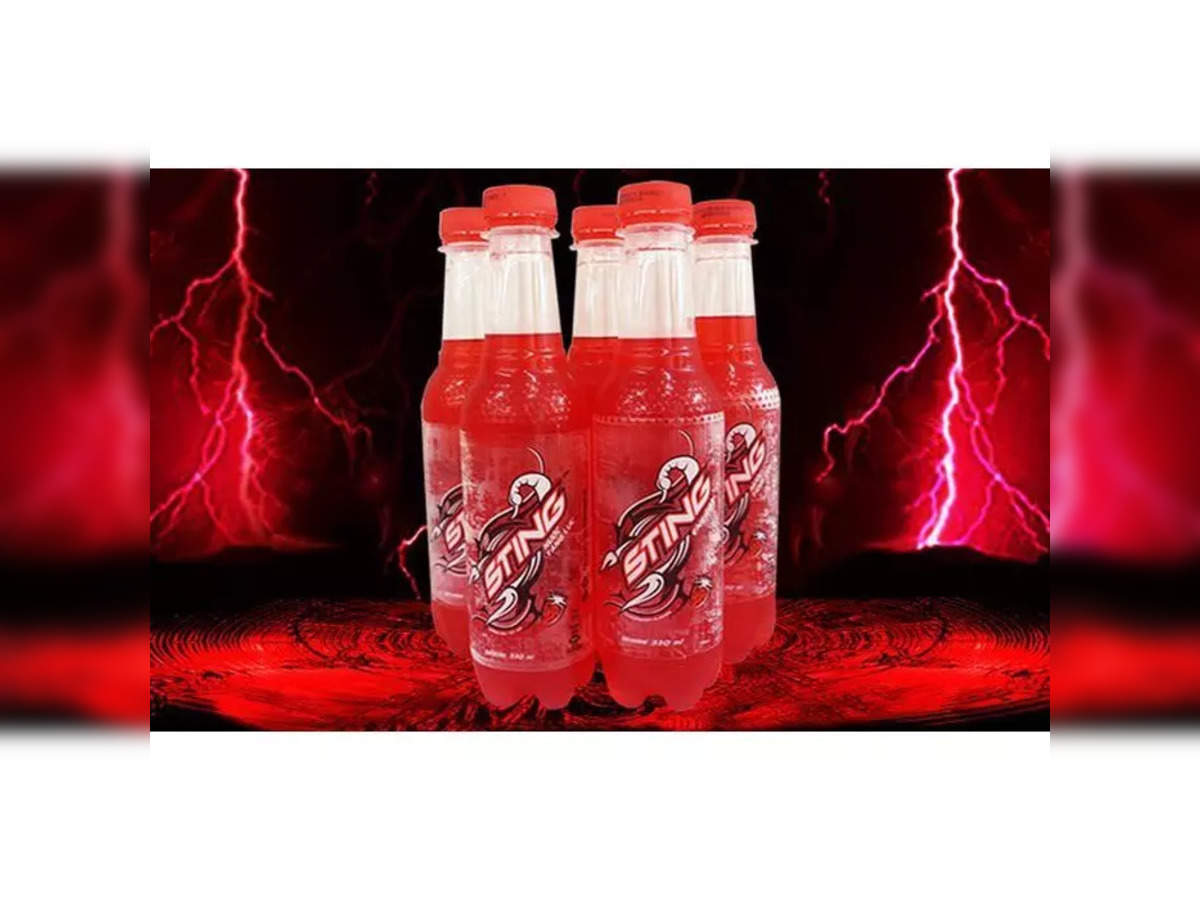
Shifting Dynamics in the Indian Energy Drinks Market
Coca-Cola India, a major player in the carbonated drink industry, has reported robust revenues of INR 3,192.2 crore, marking a 35% increase from FY21.
In a strategic move, the company relaunched Charged this year, positioning it as a direct competitor to PepsiCo’s Sting, with a competitive price point of INR 20.
In the classic Coca-Cola vs. PepsiCo rivalry, both brands have adopted similar packaging strategies, intensifying the competition in the energy drinks segment.
However, the entry of Charged at a lower price point has added a new dimension to this ongoing battle for market share.
Red Bull, the Austrian brand that entered the Indian market in 2000 through a partnership with the Rahul Narang Group, has enjoyed a dominant position in the energy drinks category, owing to its first-mover advantage.
Despite being in the country for over two decades, Red Bull’s premium positioning has limited the broader acceptance of energy drinks as a category in India.
Red Bull’s emphasis on premium branding has targeted the younger consumer base through university events and athlete promotions.
Notably, the brand boasts 12 athletes as ambassadors, including badminton player Ashwini Ponnappa and Indian cricketer KL Rahul. However, the evolving landscape suggests that Red Bull’s hold on the Indian energy drinks market might face challenges in the coming years.
Coca-Cola and PepsiCo, recognizing the potential of the energy drinks market, have adjusted their pricing strategies to appeal to a wider audience. The key to this pricing adjustment lies in the packaging, allowing both companies to reduce costs and make their products more accessible to the masses.
While Red Bull and other international players are known for their iconic can packaging, Coca-Cola and PepsiCo have strategically used different packaging methods to find a pricing sweet spot.
Coca-Cola’s Charged, priced at INR 20, directly competes with the market leader, Sting. This shift in strategy indicates a concerted effort by major players to popularize and expand the energy drinks category in India.
As the industry dynamics continue to evolve, the competition between Red Bull, Coca-Cola, and PepsiCo is poised to intensify, with each company vying for a larger share of the burgeoning energy drinks market in India.
Sting and Charged Reshape the Energy Drinks
The energy drinks market in India is witnessing a significant transformation, fueled by the availability of Sting and Charged in pet bottles, amplifying accessibility and driving explosive growth across the nation.
Both Coca-Cola and PepsiCo, leveraging their extensive FMCG distribution networks, have strategically positioned their products in nearly 2 million to 3 million retail outlets nationwide, tapping into a vast consumer base and propelling the category to new heights.
Varun Beverages, a key player in this market, is spearheading the rural consumption of Sting energy drink, capitalizing on the increasing electrification and improved electricity supply in Indian villages.
With 31 manufacturing facilities and a robust supply chain comprising over 110 depots, 2,500 owned vehicles, and 2,400 primary distributors, Varun Beverages is strategically positioned to drive Sting’s penetration into untapped markets.
Raj Gandhi, Varun Beverages’ group CFO and whole-time director, highlighted the significance of this infrastructure during the Q3 earnings call, noting the company’s outreach to approximately 3.5 million dealers, with plans for further expansion.
The addition of 400,000 exclusive dealers post-Sting’s launch demonstrates the brand’s ability to attract new partners and expand its footprint.
Energy drinks, though still growing from a modest base, are carving out a larger share within the broader soft drinks category.
Bottled water remains the dominant segment, accounting for 62% of volume sales, while energy drinks contributed 2.1% in 2022, expected to rise to 2.8% by the end of the current year.
With Sting and Charged leading the charge, supported by their innovative packaging and widespread distribution, the energy drinks market in India is poised for continued expansion, offering consumers a refreshing and revitalizing beverage option for their active lifestyles.
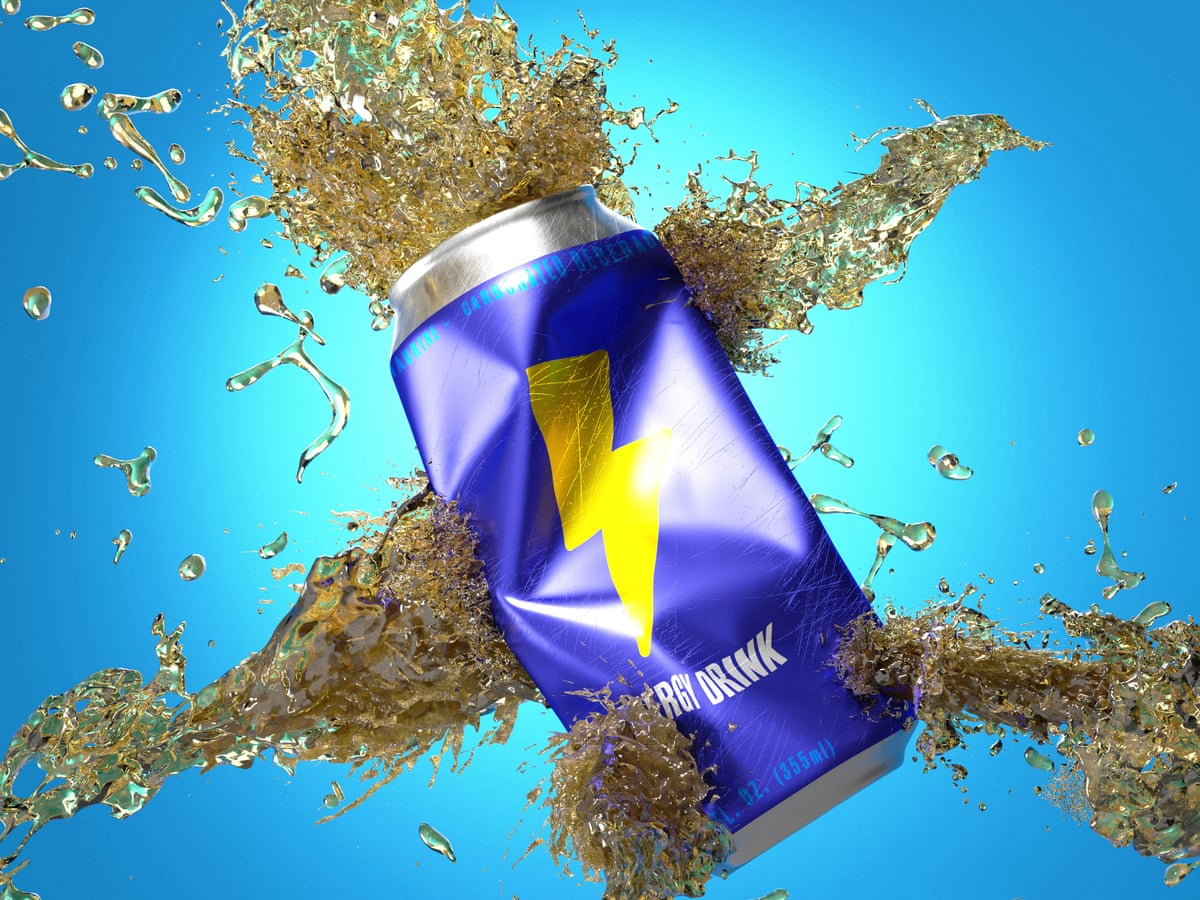
The Viewpoint
In light of the growing consumption of energy drinks in India, raising awareness about the potential health implications associated with their consumption is imperative.
While social media influencers play a significant role in shaping consumer behavior, there’s a pressing need for involvement from health ministry officials to educate the public about the risks of excessive sugar intake and other ingredients present in these beverages.
At the forefront of this initiative should be a concerted effort to disseminate information about the World Health Organization’s (WHO) guidelines regarding the consumption levels of various ingredients found in energy drinks.
In addition to promoting awareness about health risks, efforts should also be made to advocate for transparent labelling and regulation of energy drinks to ensure consumers have access to accurate information about the ingredients and nutritional content of these beverages.
Clear labelling can enable consumers to make informed choices based on their individual health needs and dietary preferences.


